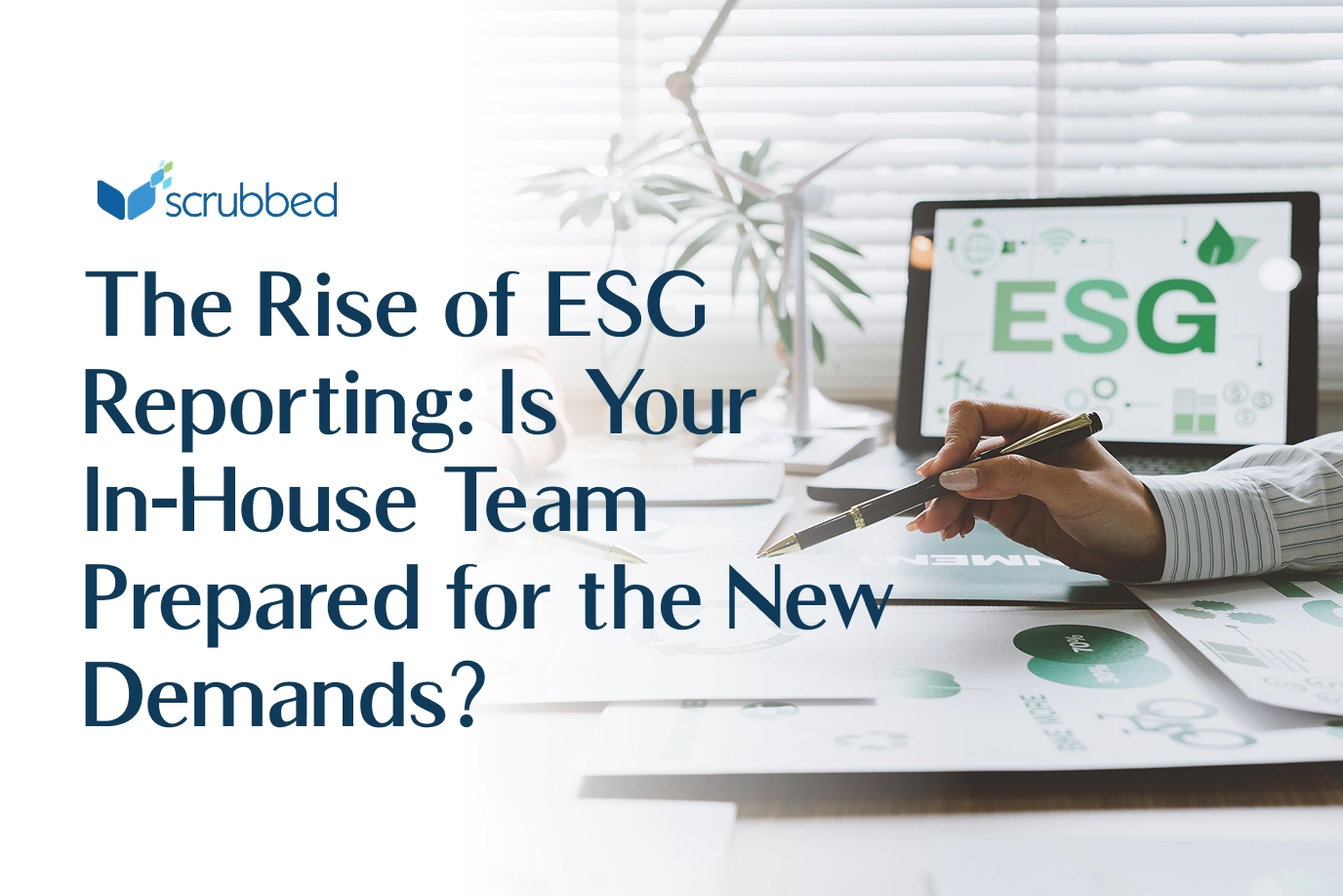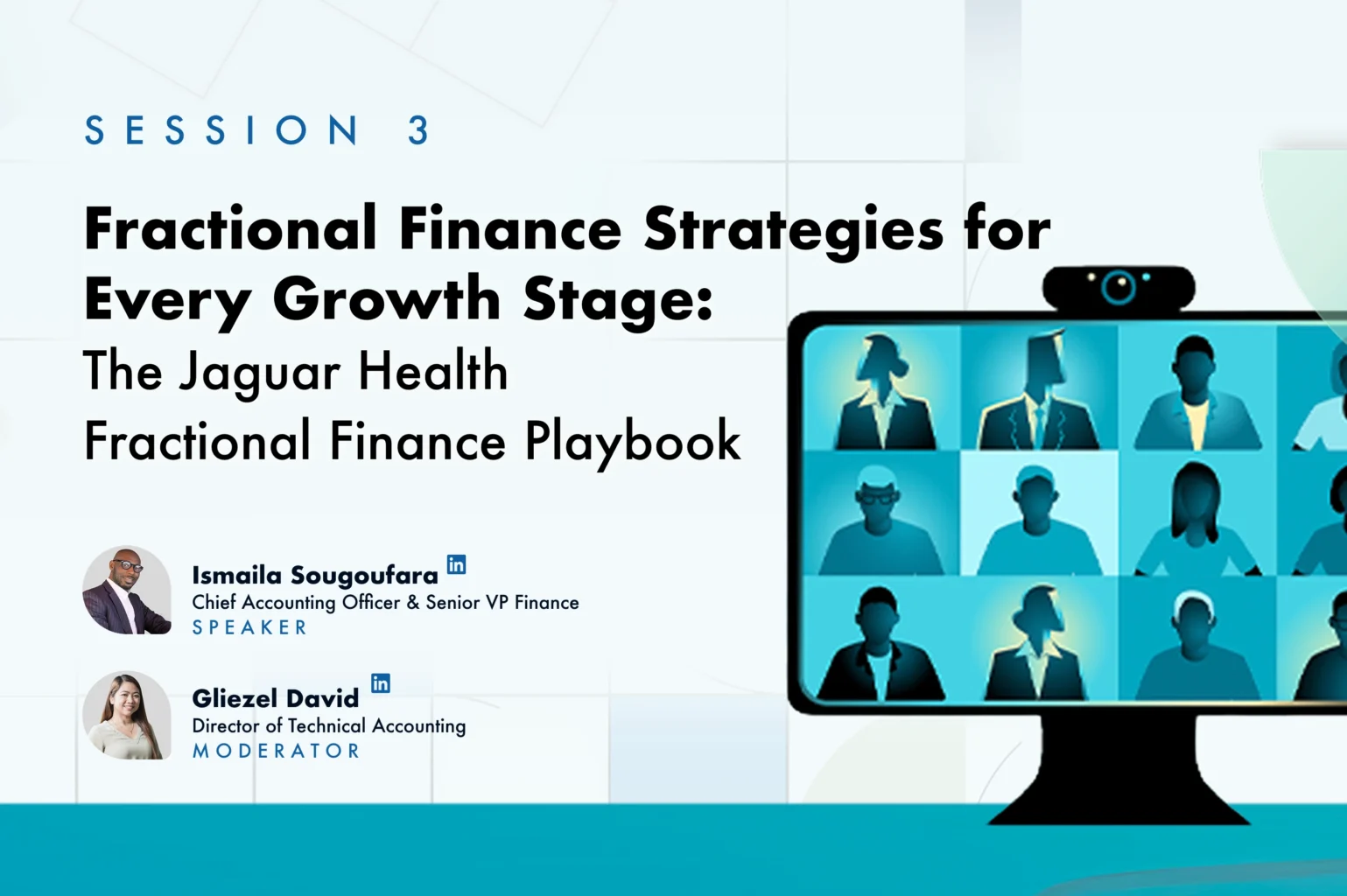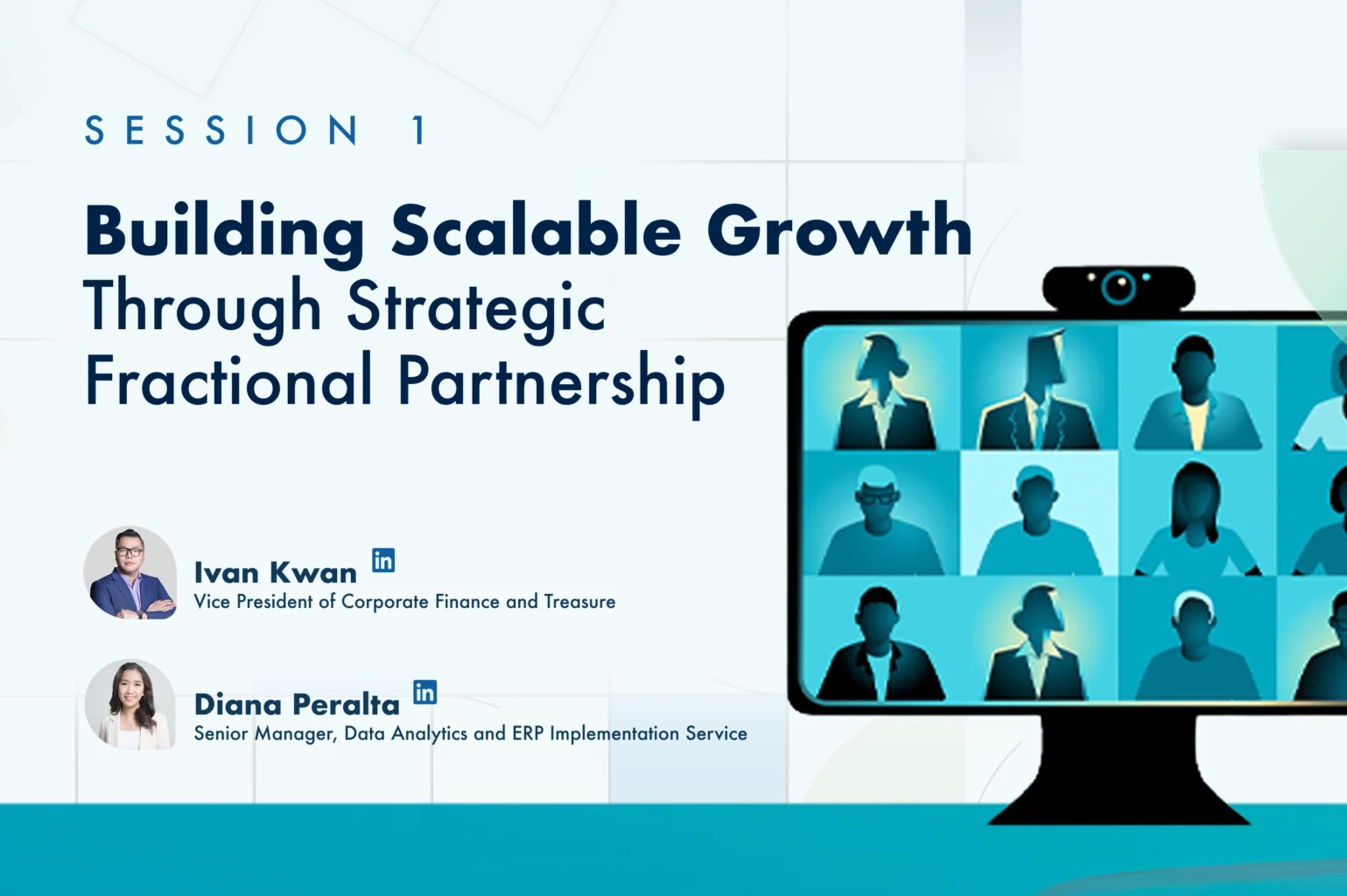Contributions are one of the primary sources of funds for any Not-for-Profit Organizations (NPOs) that allow them to run daily operations. Contributions, though, are not limited to cash but take the form of in-kind items such as products or services.
In recent years, the accounting of in-kind contributions has been a cause for concern, with a particular focus on the valuation and disclosures surrounding them. Some instances have been identified where the valuation of in-kind contributions was overstated, leading to an inflated representation of revenue, proceeds, and program expenses, which are critical indicators of an NPO’s size and efficiency. This issue has gained the attention of stakeholders and regulatory bodies, who have demanded more detailed information on the measurement of nonfinancial assets contributed and their usage in the NPO’s programs and activities.
To address this, in June 2020, the Financial Accounting Standards Board (FASB) introduced changes to the General Accepted Accounting Principles for documenting and presenting the value of in-kind contributions in the financial statements through the Accounting Standards Update (ASU) 2020-07. This ASU enhances the presentation and disclosures for contributions of nonfinancial assets or contributed services to increase credibility and transparency.
ASU 2020-07 applies to any NPO that receives contributions in the form of nonfinancial assets, which includes any products or services. On the other hand, the recognition and measurement of contributed securities and other financial assets are outside the scope of this update as, more often than not, they are readily convertible to cash.
You might also want to visit our Nonprofit Financial Reporting page!
What Are the Changes In Reporting Contributed Nonfinancial Assets or Services?
Historically, NPOs were not required to provide detailed information on the value and use of contributed nonfinancial assets in financial reports. Disclosure requirements are limited to contributed services to which no other specific disclosure requirements for contributed nonfinancial assets were enumerated.
ASU 2020-07 brings the following fundamental changes and additions:
Enhanced Disclosure Requirements
● A separate line item for contributed nonfinancial assets within the statements of activities.
NPOs are now required to present contributed nonfinancial assets distinctively and can no longer be presented in the same line item as cash and other financial contributions.
● Disaggregated disclosures of contributed nonfinancial assets
A supporting note disclosure must disaggregate the amount of contributed nonfinancial assets to detail its composition per type (i.e., fixed assets, utilities, material, supplies, intangible assets, services, etc.).
NPOs can determine the appropriate disaggregation level on the types of contributed nonfinancial assets to be disclosed. However, they must apply professional judgment in determining the needs of stakeholders, depending on the NPO’s specific activities.
● For each category of contributed nonfinancial assets, NPOs need to disclose the following:
a. Qualitative information about whether the contributed nonfinancial assets were either monetized or used during the reporting period. A description of the programs and activities in which those assets were used should be disclosed.
Assuming there are no donor-imposed restrictions on the usage or monetization of contributed nonfinancial assets, it is best practice for NPOs to use the asset or the proceeds from the sale of the asset to the program and activities it is intended to be used.
b. Policy (if any) on monetizing, rather than using, contributed nonfinancial assets.
Although an NPO may have a policy of monetizing contributed nonfinancial assets, it must consider any donor-imposed restrictions on the usage or disposal of these assets. When monetizing commodities immediately after donation, it should also assess whether it acts as a principal or agent in the transaction to determine proper recognition of gross revenue with the cost of goods sold or only net proceeds.
c. Description of any donor-imposed restrictions associated with the contributed nonfinancial assets.
The update requires the disclosures of any donor-imposed restrictions on contributed nonfinancial assets. These restrictions can often affect the valuation as they can impose limitations in using these assets in the best possible scenario (i.e., selling rather than using).
d. Description of the valuation techniques and inputs used to arrive at a fair value measure at initial recognition.
Contributed nonfinancial assets are reported at fair value when received. NPOs must follow the guidance of ASC 820-10-50-2(bbb)1, which requires disclosures of valuation techniques, inputs used in fair value measurement, and any changes in either or both of the valuation approach and the valuation technique, including the reasons for the changes.
ASC820 provides details steps in fair value measurement that NPOs should follow according to the type of contributed nonfinancial assets. It also describes three approaches for determining fair value. An NPO must use fair value techniques consistent with these approaches – market approach, cost approach, or income approach.
NPOs might find identifying publicly available inputs to fair value measurements challenging. At these times, NPOs must make reasonable, fair value estimates by referring to active market transactions.
There may be instances where an exact match of contributed nonfinancial assets is not observable in an active market. In these cases, NPOs should make reasonable adjustments to the active market prices to better present the valuation of the contributed nonfinancial asset. NPOs should ensure it uses multiple reference prices and that these references are current, actual, and made in an arms-length transaction under a stable financial condition or economy.
e. The principal or most advantageous market used to arrive at a fair value measure if it is a market in which an NPO is prohibited by a donor-imposed restriction from selling or using the contributed nonfinancial assets.
The update defines a “Principal Market” as the market with the greatest volume and level of activity for the asset or liability, while it refers “Most Advantageous Market” to the market that maximizes the amount that would be received to sell the asset or minimizes the amount that would be paid to transfer the liability, after taking into account transaction costs and transportation costs.
In the process of valuation, should an NPO uses a principal or most advantageous market in which the NPO is prohibited by a donor-imposed restriction from selling or using the contributed nonfinancial assets, such fact and the details of the market used shall be disclosed.
How should NPOs implement the update?
To ensure compliance with the new guidance, NPOs that have not yet made the shift should disseminate the requirements to staff, especially those in accounting roles. Further, NPOs should review their contributions intake and tracking procedures to ensure they capture the required information at the level of detail needed, which may include implementing new controls on valuation and disclosures. NPOs can still apply the concept of materiality in complying with the disclosure requirements of the update. Further, NPOs can create new general ledger accounts to monitor each asset per type and valuation approach separately.
As a guide, ASC 958-605-55-70 (V and W) provides illustrative examples of presentation and disclosures for contributed nonfinancial assets.
NPOs are required to effect the changes retrospectively. Thus, comparative information must be revisited, and transition disclosures following ASC 250-10-50-1 must be made.
When Is the Update Effective?
NPOs should apply this amendment for annual periods beginning after June 15, 2021, and interim periods within annual periods beginning after June 15, 2022. NPOs have the option for early adoption.
How Scrubbed can help?
Many NPOs are actively seeking ways to boost their donation receipts, whether through financial or nonfinancial assets. With in-kind contributions being an inevitable part of the donation process, it is essential for NPOs to comply with the new update and provide transparent and credible financial reports to stakeholders. Fortunately, the Scrubbed Technical Accounting Support has the expertise to assist NPOs with technical accounting technical accounting matters, providing hands-on assistance to ensure the best possible outcome when adopting this new standard.
Do you have any specific questions about accounting and reporting for NPOs? Contact Scrubbed to learn how we can efficiently and effectively assist you with your concerns.







